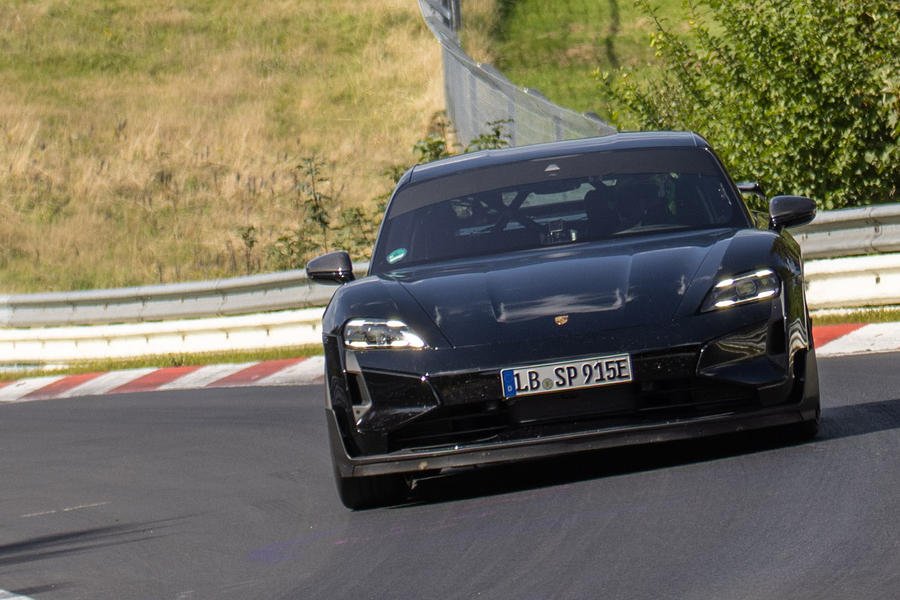Kia has unveiled three bold new electric concepts that showcase a future line-up of hugely flexible vehicles, led by a multi-purpose PB5 designed to eventually offer autonomous capabilities.
The new PBV – standing for Purpose-Built Vehicle – machines revealed at CES in Las Vegas, USA, showcase the ambitions of the Korean firm to dramatically ramp up its offering of multi-purpose vehicles in the coming decade.
The vehicles will feature modular design, allowing one chassis to be used for multiple purposes. While there is a major focus on their use as commercial vehicles, they will also be sold as multifunctional passenger vehicles.
Kia has a three-phase plan to roll out its PBV assault, which will start in 2025 with the production version of the Concept PV5. Likely to reach the UK in 2026, the PV5 essentially takes the form of an ultra-sleek modern van, and features ‘easy swap’ technology inside to offer a modular, multi-function approach.
Aided by the flat floor due to the bespoke electric car platform, the PB5 can be adapted for multiple use cases, for example being used as a large taxi and, with the seats removed, as a delivery van. The one fixed element of the interior is the ‘driver zone’ cabin, with the rest customisable through the use of various interchangeable modules. For example, when in passenger mode, the area traditionally used for a passenger seat can serve as a secure area for holding luggage, while a variety of seat types can be placed in a number of layouts.
Four versions of the PB5 will be offered at launch, including a People Mover intended for carrying passengers, and a High Roof with extra headroom to maximise cargo space. There are also plans for a Robotaxi, which will eventually be able to offer autonomous shuttle services for passengers, and a Pickup version that will be offered in the US and a handful of other markets.
The second phase of the PBV rollout will be based around two further models, also shown in concept form at CES. The PB1 will be the smallest machine in the line-up, and is intended for carrying small loads in tight urban areas. The PB7 will be the largest machine in the line-up, with Kia promising that as well as extra space it will offer ‘enhanced functionalities’ in future.
As indicated by the model names, Kia is planning further PBV models to sit between the three concepts in the future. All the models will sit on a bespoke platform that uses a ‘dynamic hybrid’ modular body. This features tubular steel and engineered polymers to, Kia claims, reduce the amount of parts needed by 55 per cent with no reduction in rigidity.
Kia is also developing a range of fleet management options, including over-the-air updates, to help firms running a large number of PBVs. It is also developing a PBV Ecosystem, based around an integrated rail system on the ceiling, floor and side of the machines, that will allow items such as frames, cabinets and seats to be switched between different PBVs.
.
More about this article: Read More
Source: www.autocar.co.uk
This notice was published: 2024-01-08 23:01:46

Coach is a weekly British motoring magazine published by Haymarket Media Group. First published in 1895, it bills itself as “the world’s oldest automotive magazine.”

















